Gathering of the Tribe
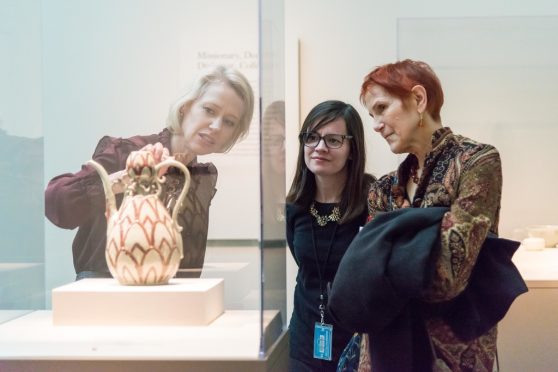
May 25, 2018 | Emma Stein
Scholars, students, and Asia-philes gather annually thanks to the Association of Asian Studies (AAS). Interdisciplinary and transregional in scope, AAS convenes the largest international conference devoted to Asian studies writ large. This year, the conference was held in DC, giving the Freer|Sackler ample opportunity to contribute.
Our engagement began even before the conference’s official start. On Wednesday, March 21, library experts Reiko Yoshimura and Kathryn Phillips presented “Japanese Illustrated Books from the Edo and Meiji Periods” at the plenary meeting of the Council on East Asian Libraries. The next day, the Freer|Sackler hosted conference participants in a daylong open house. Curators led gallery tours and behind-the-scenes visits to storage.

Each of these activities had a special theme. In “Eat, Pray, Love: New Acquisitions in Hindu Court Painting,” a storage visit with Curator of South and Southeast Asian Art Debra Diamond, South Asianists from various disciplines discussed recently acquired and unpublished Rajput and Pahari paintings from the seventeenth and eighteenth centuries. In a tour of the Sackler exhibition Power in Southeast Asia, Emma Stein, curatorial fellow for Southeast Asian art, explored the powers of warfare, water, snakes (nagas), and the feminine as represented in Southeast Asian art.
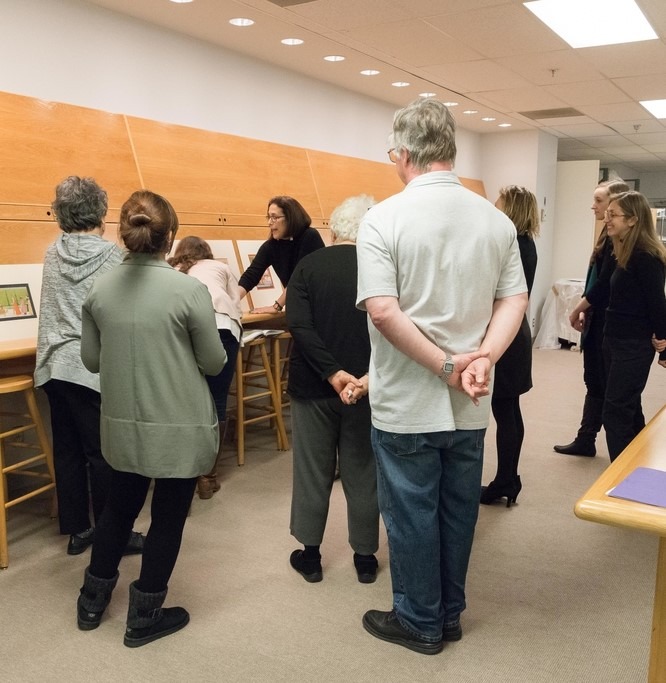
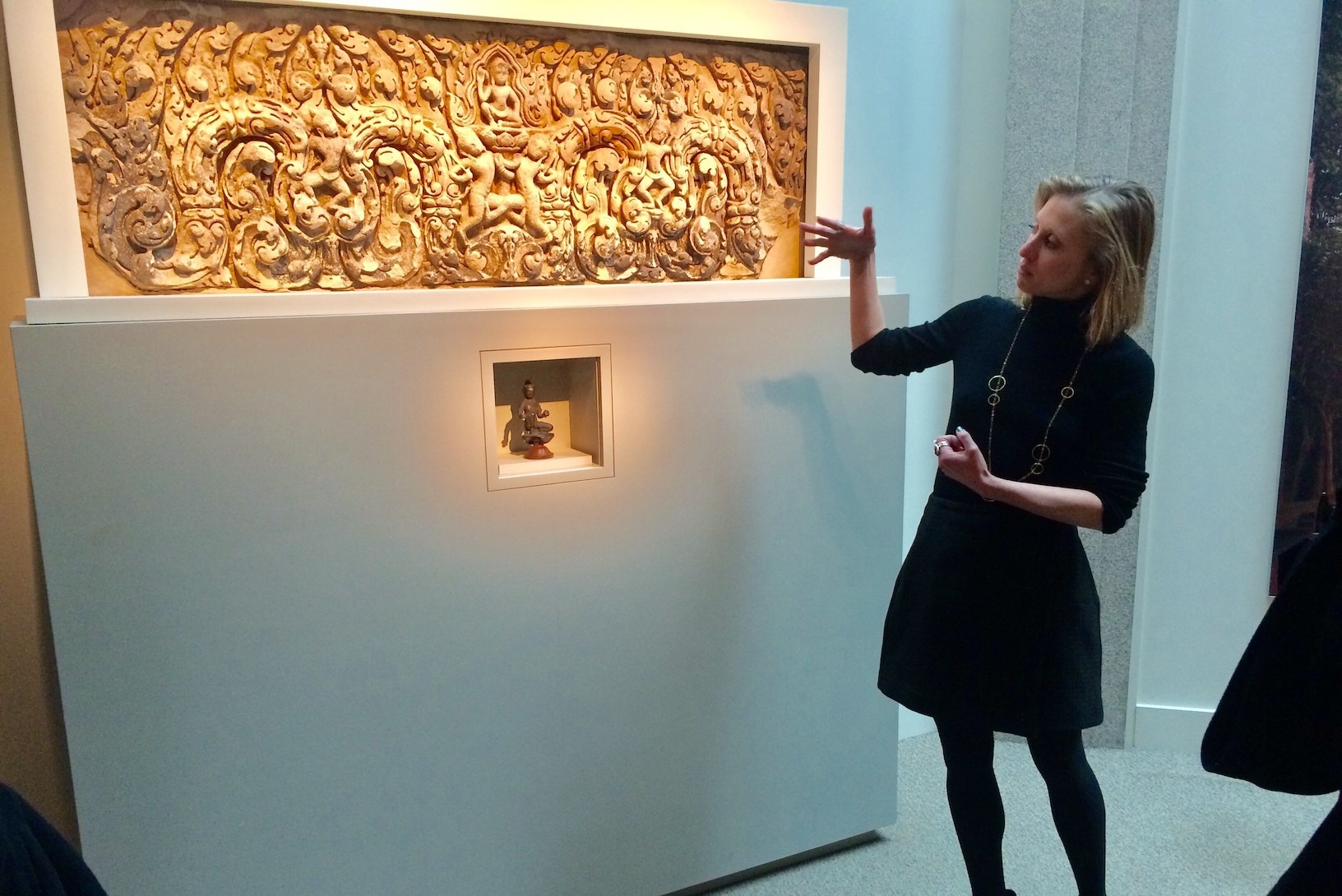
“Turning the Page,” a storage visit with Japan Foundation Assistant Curator of Japanese Art Alessandro Bianchi, gave visitors a rare opportunity to glimpse at highlights from the Freer|Sackler’s collections of Japanese printed books and manuscripts. In “Change and Continuity: Postwar Acquisitions at the Freer,” Japan Foundation Assistant Curator of Japanese Art Frank Feltens highlighted key gifts and acquisitions made after the end of World War II, the period of the greatest expansion of the Freer’s Japanese art collection.
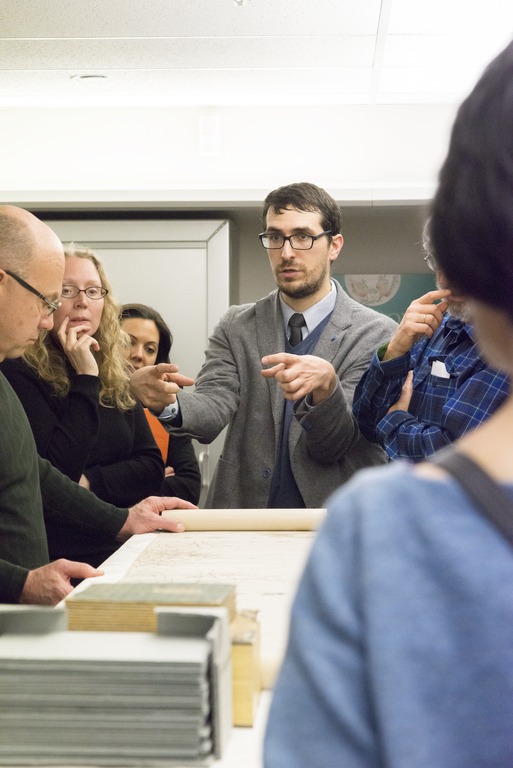
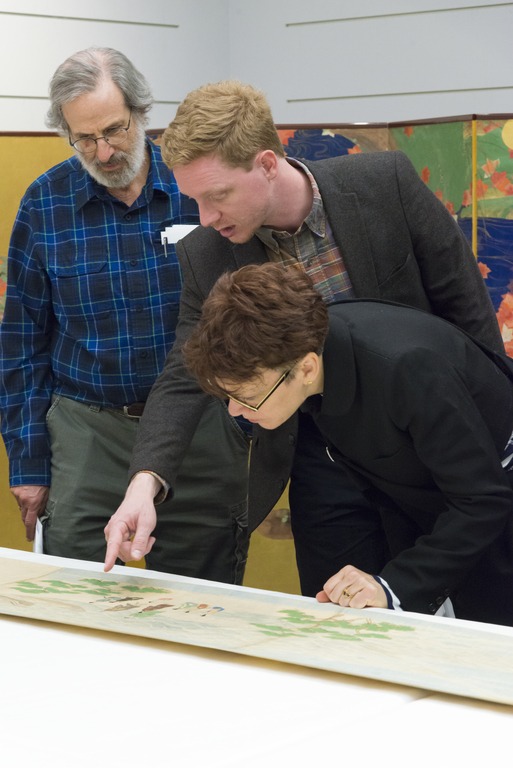
Louise Cort, curator of ceramics, discussed what Momoyama period ceramics from Kyoto, Mino, Iga, Bizen, and Kyushu have in common and why they look the way they do in the exhibition Imperfectly Beautiful: Inventing Japanese Ceramic Style. In the exhibition Rediscovering Korea’s Past, Smithsonian Institution History of Art Senior Fellow Charlotte Horlyck focused on the Freer’s ceramics and other artifacts from the Goryeo period (935–1392) now on view in gallery 14. And Donna Strahan, head of conservation and scientific research, gave visitors a rare behind-the-scenes tour of our recently renovated conservation lab.
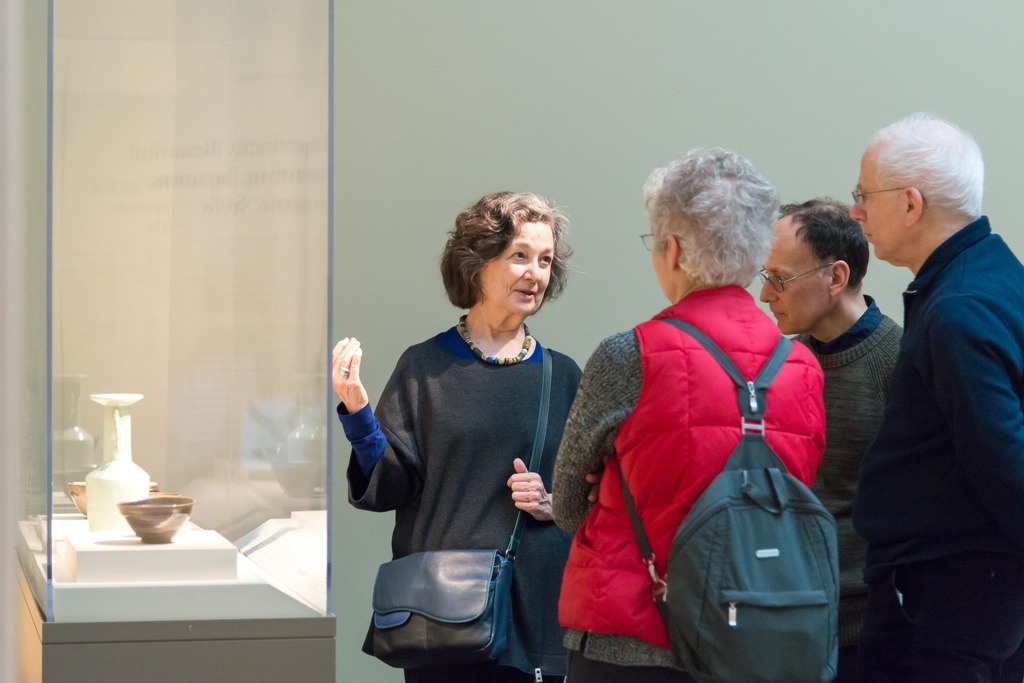
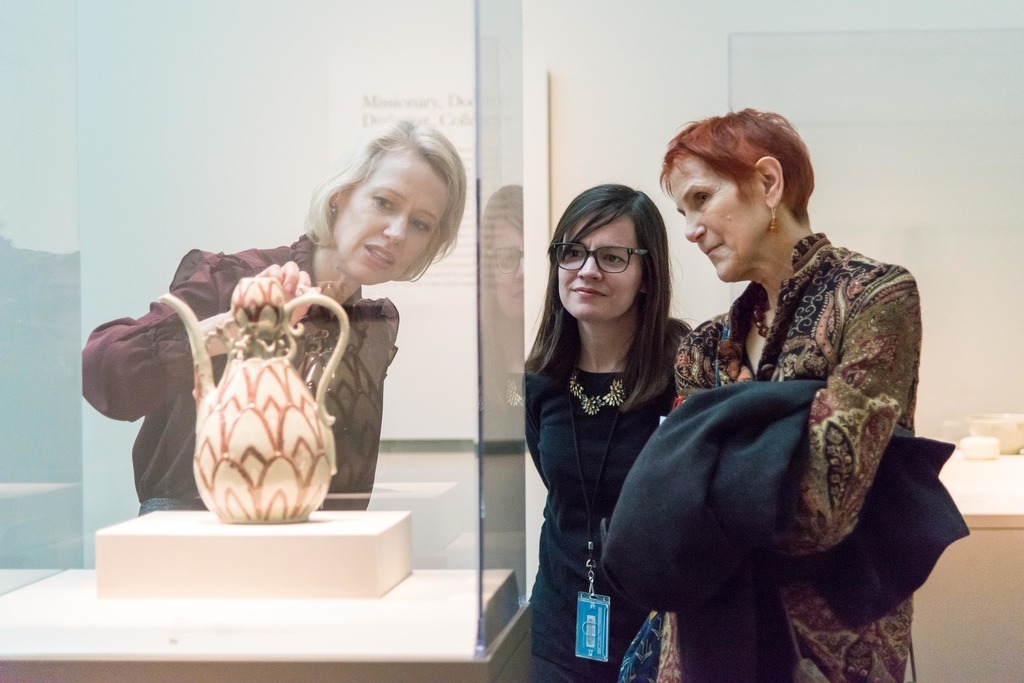
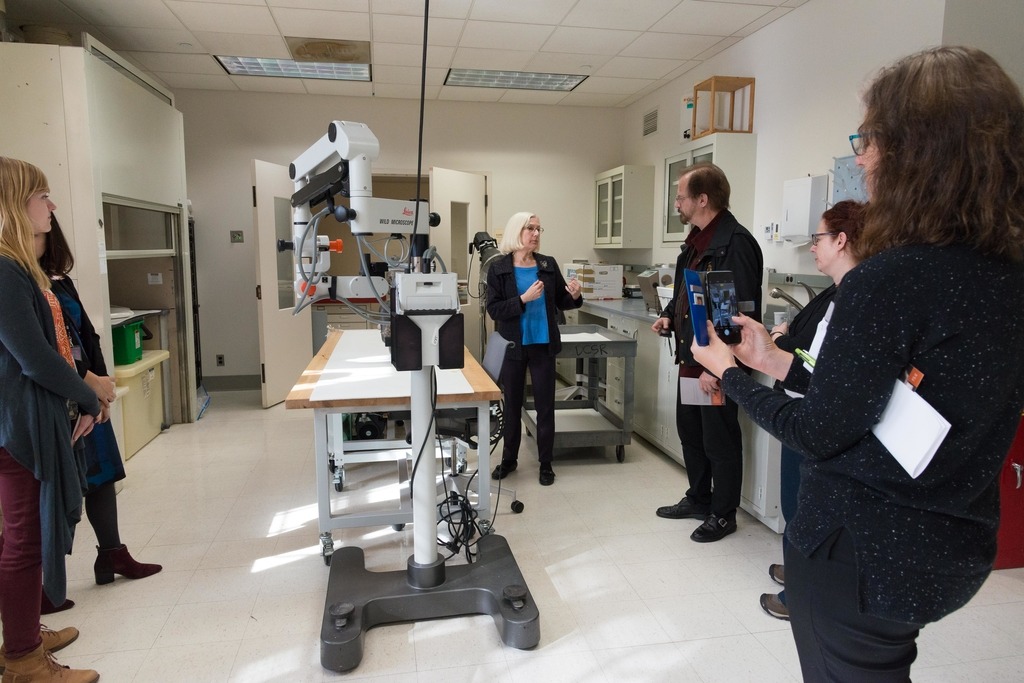
In the days that followed, F|S staff could be seen throughout the Marriott hotel in Adams Morgan, where the official conference took place (browse the schedule). On Friday, Curator of Ancient Chinese Art Keith Wilson participated on the panel “Overturning Old Ideas about Yuan Architecture.” Saturday was especially busy at both the conference and the museums. At the Marriott, Liz Eder, the Freer|Sackler’s head of education, addressed international initiatives in a roundtable titled “Asian Art Museums in the US: Paths Forward in the 21st Century.”

Debra presented “Playing with Scale: The Miniature and the Gigantic in the Freer Ramayana” as part of a panel on poetic and artistic representations of this ancient Indian poem. She illuminated how and why artists manipulated scale in representations of Hanuman, the divine monkey king.

At the very same time as Debra’s talk (because conference schedules are notorious for conflicts!), Emma presented “Crossing the Hinterlands: Kanchipuram’s City and Suburbs, ca. 8th–12th Centuries,” a paper on connections between urban and suburban temples in Tamil Nadu, south India. The presentation was part of a panel she organized titled “Where the Gods Dwell: Temple Urbanisms in South & Southeast Asia.”
Saturday night brought the festivities to the Freer for the AAS President’s Reception. Emma and Alessandro led tours of arts of the Indian subcontinent and of Japan, and guests mingled and enjoyed the Freer collections with a drink in hand.
It was a pleasure hosting colleagues and friends here, and we hope to see everyone again soon at the Freer|Sackler!

